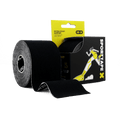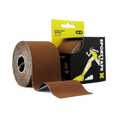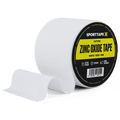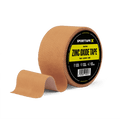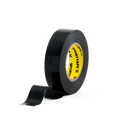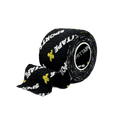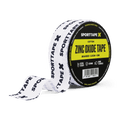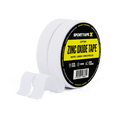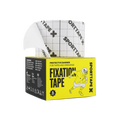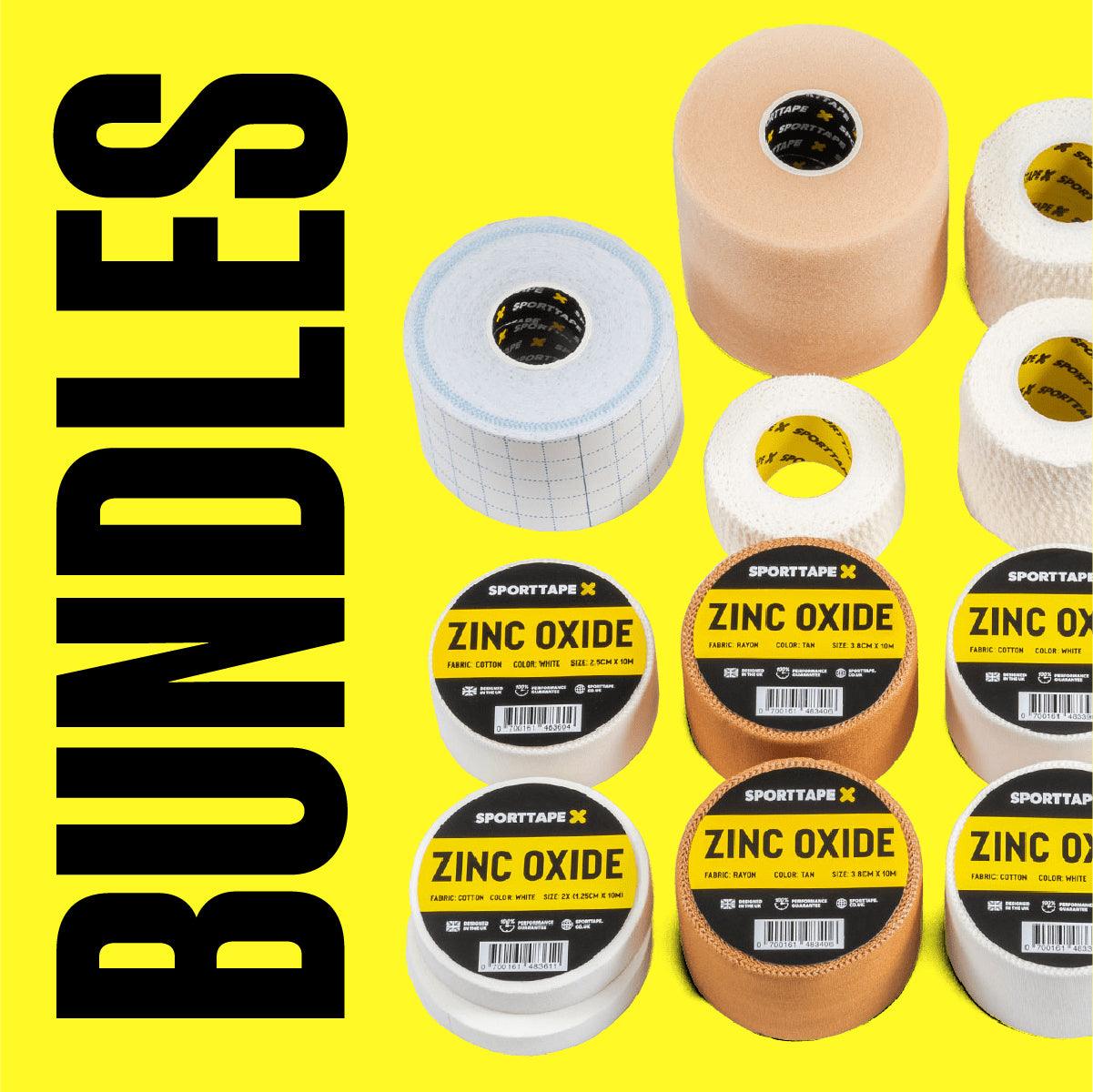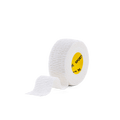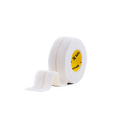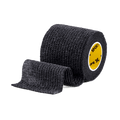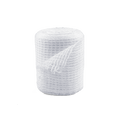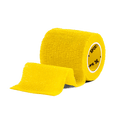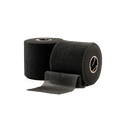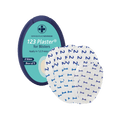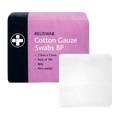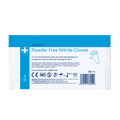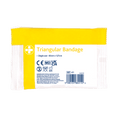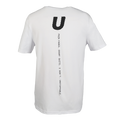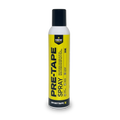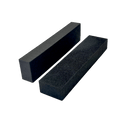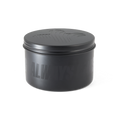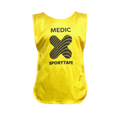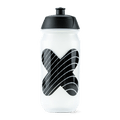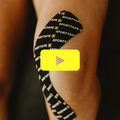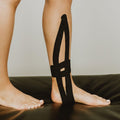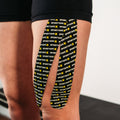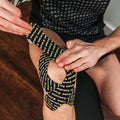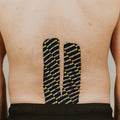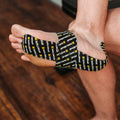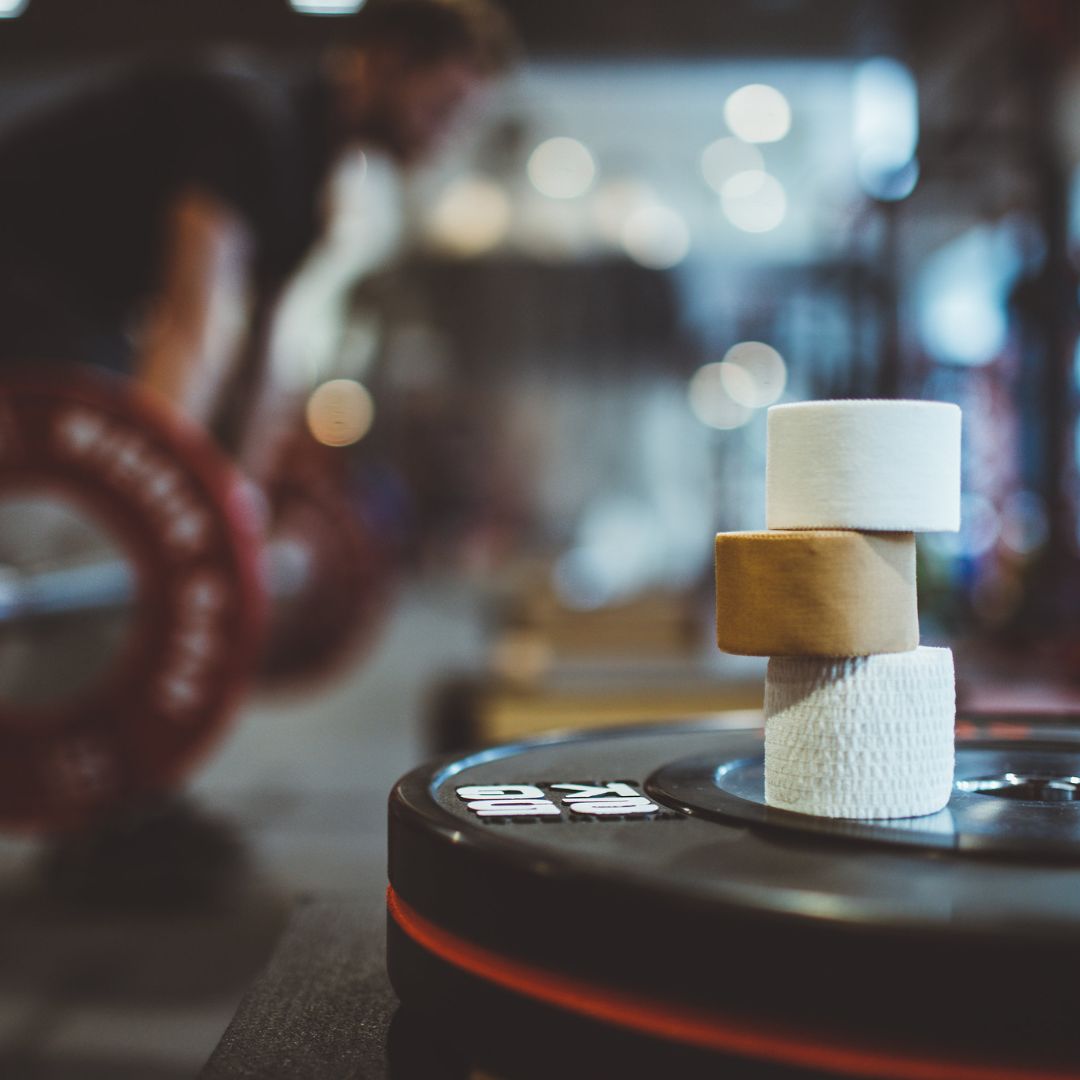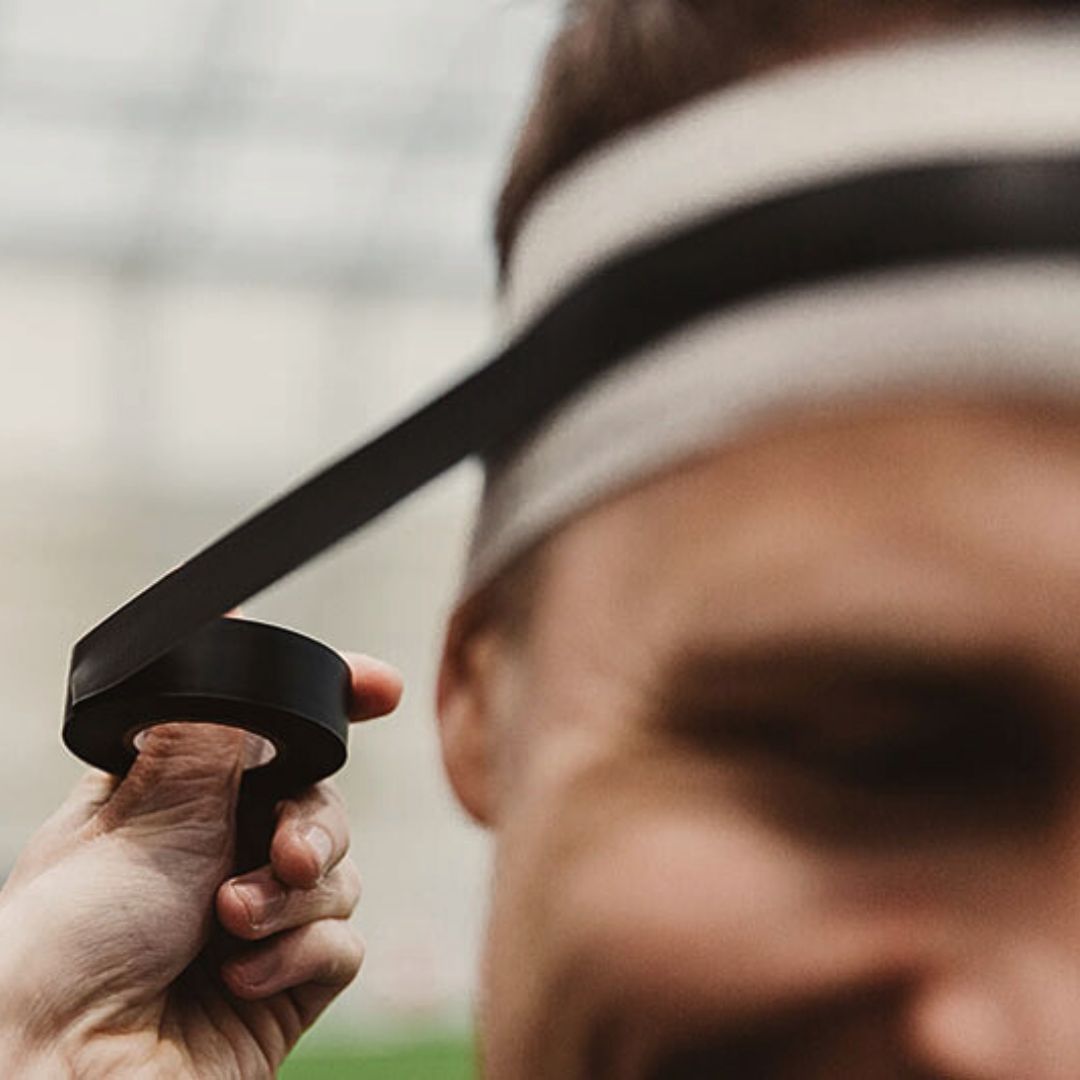You need to immobilise an area. You know that you want to use Zinc Oxide Tape. But, should you use White or Tan?
We want to make answering that question as easy as possible. This guide will help you decide what tape to choose, how to get the best results and how to save yourself some cash.
ZINC OXIDE VS ZINC OXIDE TAN:
WHAT IS ZINC OXIDE TAPE?
Zinc Oxide Tape is the only choice if you need to immobilise an area. It's a non-stretch tape that provides unrivalled support.
It's widely considered a 'must-have' in any physio's kitbag. You'll see it being used for several different strapping applications in several different sports. You can use the rigidity to help restrict and prevent painful movements, or movements that may cause further injury.
It's also heavily used to protect non-weight bearing joints; fingers, wrists and thumbs from the inevitable injuries sustained playing in contact sports.
WHY ARE THEY BOTH CALLED ZINC OXIDE TAPE?
Both Zinc White and Zinc Tan use the same adhesive, hence the name. The crucial difference is that they are made from two different fabrics.
Zinc Oxide Tan is made from a synthetic material called Rayon. This makes it 2x stronger than the Zinc Oxide White Tape which is made from cotton, however, that does mean that it is also 2x the price.
Check out the quick video below to get a better idea of how the Zinc Oxide White Tape is used...
PRICE VS PERFORMANCE CONUNDRUM
If budget wasn’t a concern we’d cover every joint with the Zinc Oxide Tan Tape. But don’t be fooled, although the White tape is cheaper it may cost you more in the long run.
You need to choose the best tape for the job, and here’s basic idea of how:
For weight-bearing joints such as ankles, hips or knees, then your number one choice should be Zinc Oxide Tan. You need that extra strength to withstand the forces. One exception to this is the shoulder. It's primarily used for larger athletes playing contact sports, like rugby.
For non weight-bearing joints such as the wrist, finger or elbow then you should save yourself some money and go with Zinc Oxide White. One thing to note would be, you may want to break this rule for a small ankles and elbows, depending on the demands of the sport.
If you want to get a quick look at the Zinc Tan in action, check out the video below...
RIGHT SIZE MEANS RIGHT RESULT
What you're going to want to do, is pick your size based on the joint. It’s simple…large joints need larger tapes. If you’re taping a shoulder you’ll use less tape in the long run by choosing a 5cm width. Whereas, fingers need the smallest tape…1.25cm/2.5cm.
Typically, you'll be able to choose from four different sizes:
- 1.25cm Finger Tape
- 2.5cm Zinc Oxide Tape
- 3.8cm Zinc Oxide White/Tan Tape
- 5cm Zinc Oxide White/Tan Tape
ONE TAPE TO CONQUER ALL
If you’re only going to pick one tape then choose the Tan 3.8cm. This size can be used for everything, and easily ripped vertically to create smaller strips should you need them too.
However, the most cost effective strategy is to have a range of Zinc Oxide Tape sizes to suit various different applications. Remember, the above are just guidelines, use your own clinical reasoning to get the best results for your athletes and patients.
And that's it! Now you know what the difference is between a Zinc Oxide White Tape and a Tan. Which one will you be stocking in your physio bag this season? If you have any questions about either of the tapes, don't hesitate to get in touch, we'd love to help!


